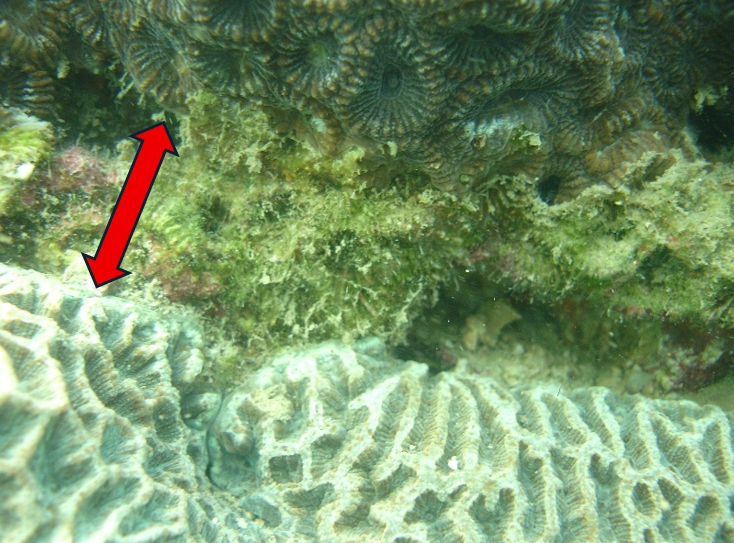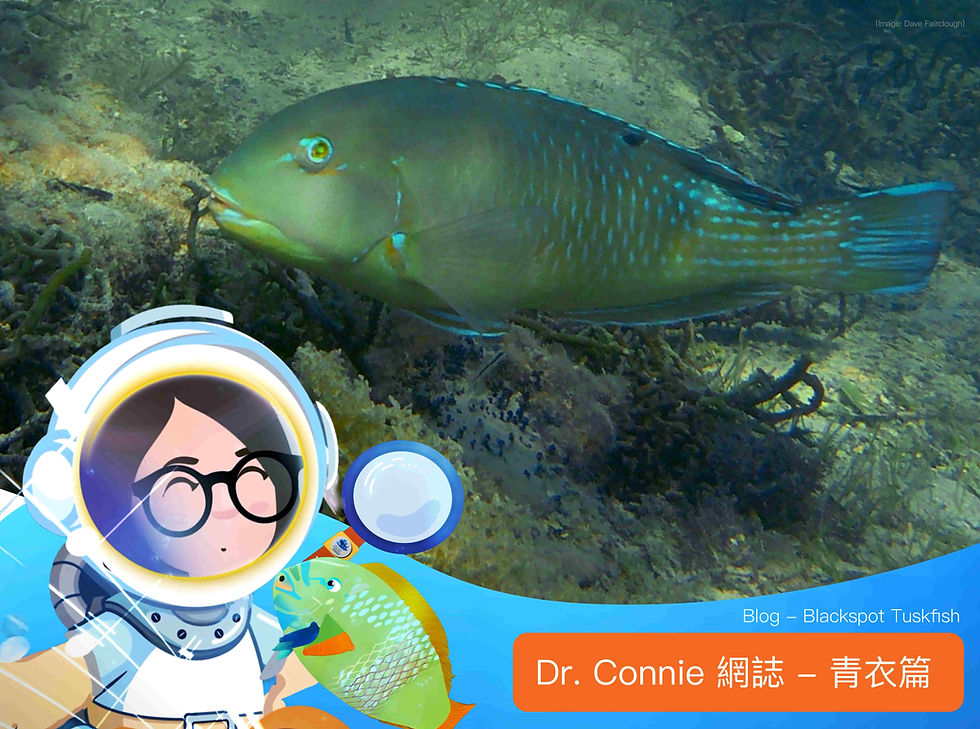Corals Can Fight, but They Need Us to Battle Against Climate Change
- HKMM
- Sep 26
- 4 min read
By Dr. Connie, Marine Science Team of HKMM

A long and slow-motion fight between corals for space and resources
Coral reefs are among the most biologically diverse and important ecosystems on Earth, supporting about a quarter of all marine life. The reef-building hard corals are sedentary organisms living in multi-species assemblages, competing for limited living space and resources. Successful spatial competition allows them to secure sunlight for photosynthesis of their symbiotic microalgae, zooxanthellae, promoting rapid growth and enhancing their overall survival within coral communities.
One way corals fight for space is through direct contact. The winner coral uses its sweeper polyps, tentacles, or other mechanisms to remove the soft tissues of the loser coral, exposing its skeleton which is known as “dead zone” in science. Unlike a boxing tournament where there are always a winner and a loser, corals fight sometimes exhibit standoff. It usually happens when individuals of the same genus stop growing in the region of contact and subsequently fuse their adjacent tissues and skeletons. This may indeed result in reproductive advantage in close proximity.
Competition for space through aggressive interactions structures coral communities by determining which species dominate, leading to specific spatial patterns and influencing species diversity. My marine science research in this topic preliminarily revealed that the most aggressive corals in the Tung Ping Chau Marine Park in Hong Kong were Platygyra spp. and Goniopora spp., which were found to be comparatively dominant. This was a study conducted 10+ years ago (now you may be guessing my age…), therefore the more recent observation should be found out by scientists.




Corals are dying at a threatening rate of climate change
Even a tough fighter like coral cannot battle against climate change alone. Climate change significantly impacts coral reefs, primarily through rising sea temperatures, which lead to coral bleaching. During bleaching, corals expel the symbiotic microalgae, zooxanthellae, that provide them with colour and nutrients, resulting in a stark white appearance. This stress weakens corals, making them more susceptible to disease and reducing biodiversity, ultimately threatening the entire marine ecosystem that relies on healthy coral habitats. Massive coral bleaching is seen worldwide, namely the Great Barrier Reef and the Coral Triangle. Incidents of coral bleaching have also been recorded in Hong Kong waters. Local scientists have warned our coral communities will face more severe and frequent bleaching, spreading across marine protected areas and reserve, because of rising sea temperatures.

We must take actions to revive the fate of corals
In Hong Kong, the Government and scientists are actively combating coral bleaching through initiatives like coral restoration projects and developing new technology to enhance the climate resilience of corals. Citizens can contribute and help restore corals health by undertaking climate actions in daily life, such as cut down energy consumption, reduce, reuse or recycle waste, choose sustainable food and green transportation. If you are a diver, you are encouraged to participate as a citizen scientist in the city-wide reef check programme led by the Government to monitor the health of coral communities together and report coral bleaching to the Government (link here).
“We understand, therefore we care”, a quote that aligns with the Blue Mind Movement by the late Dr. Wallace J. Nichols, author of the book Blue Mind (it’s one of my favourite reads!) and a sea turtle scientist. With this motivation in mind, the Marine Science Team of the Hong Kong Maritime Museum (HKMM) invites you to visit the Marine Science Gallery and participate in our marine science education programme, where you can learn more about the ocean and take part in marine conservation with your family and friends.
--
Ocean Guardians Series - Embark on an underwater adventure in Hong Kong with Dr. Connie
Follow Dr. Connie (Head of Marine Discovery Centre) and her marine friends as they dive into exciting underwater missions. Along the journey, Dr. Connie interacts with various local sea creatures and uses special magic tools to carry out rescue operations. The story highlights the impact of human activities on the marine environment, inspiring audiences to reflect and take action to protect our precious oceans.
In the latest episode of Ocean Guardians Series, Dr. Connie receives reports in the lab about brain corals getting into a serious fighting due to competition! She decides to step in and mediate! Fortunately, Dr. Connie arrives just in time to stop the dispute and takes the opportunity to discuss about their common problem of coral bleaching. Follow Dr. Connie and uncover the fascinating stories between her and brain corals!



